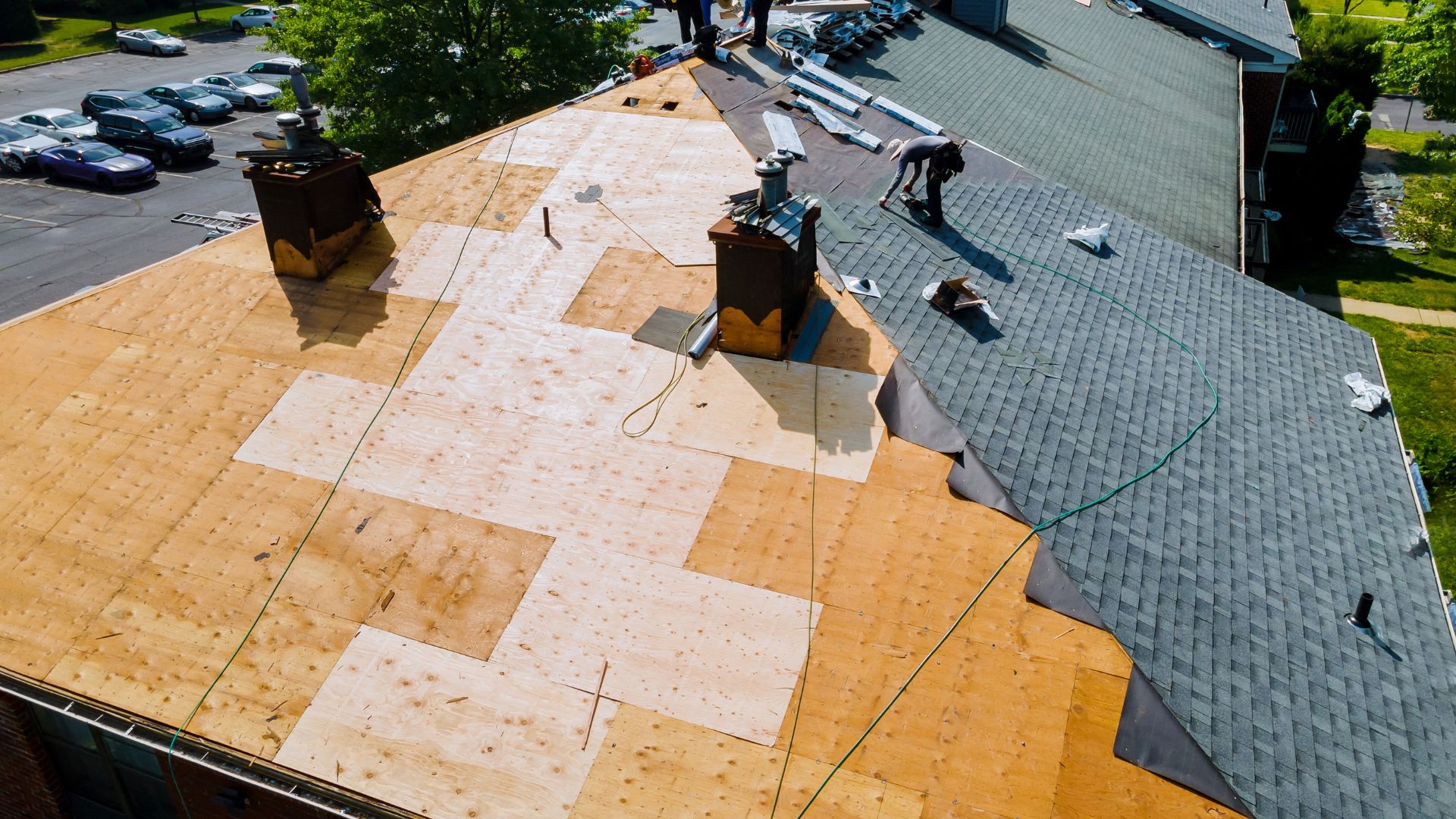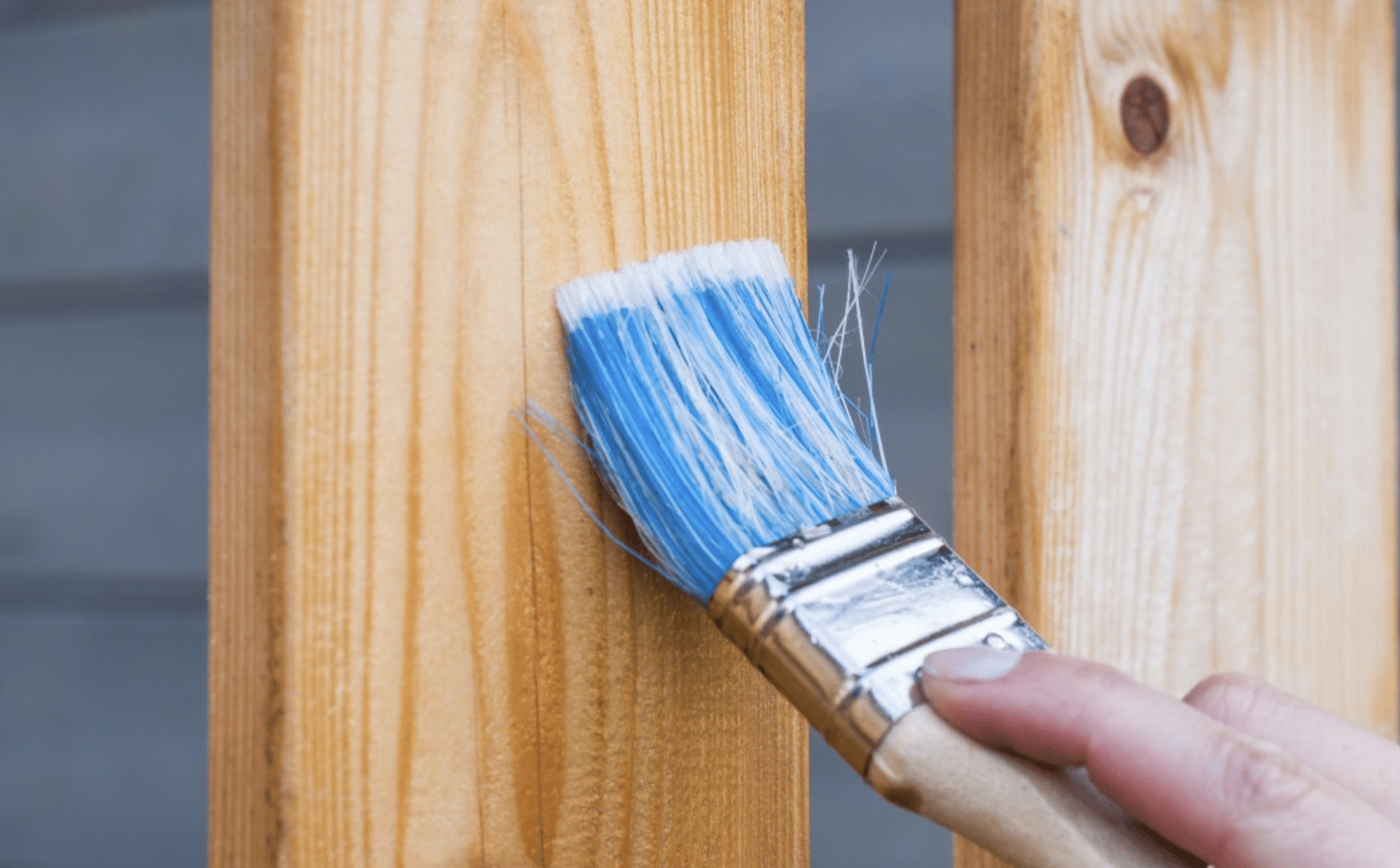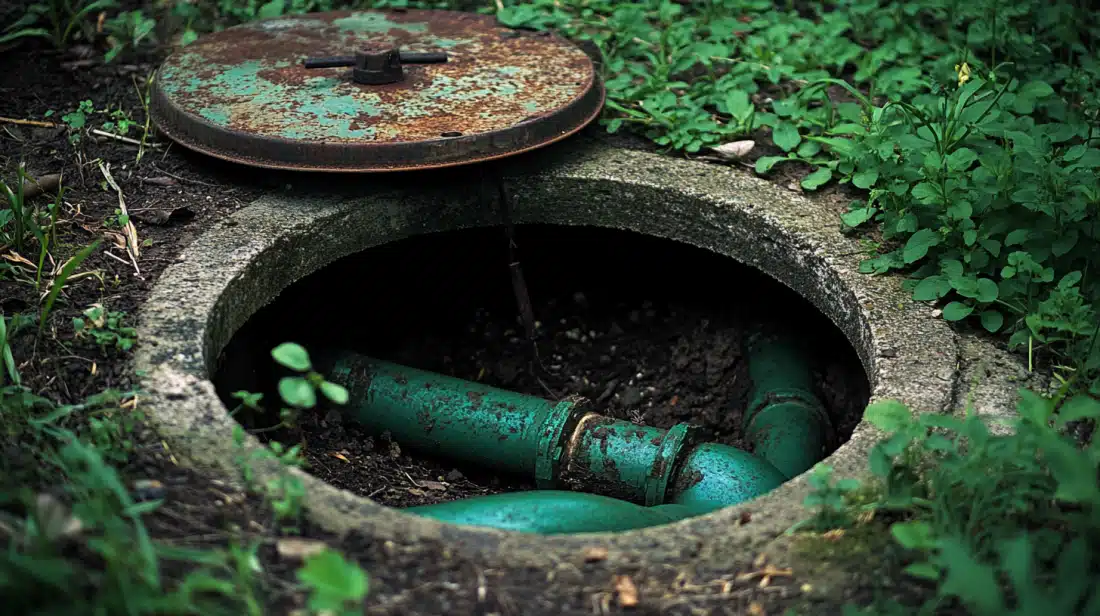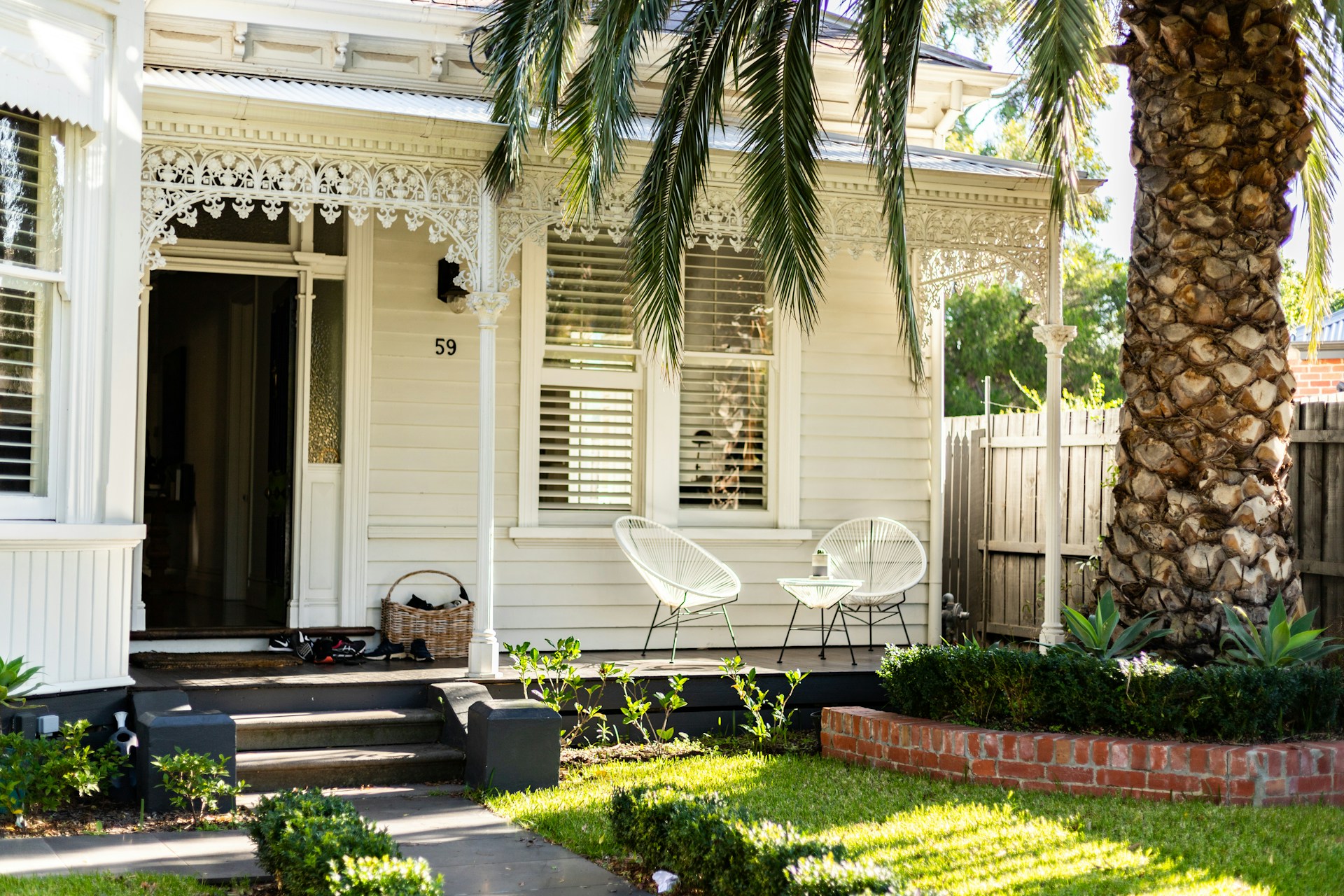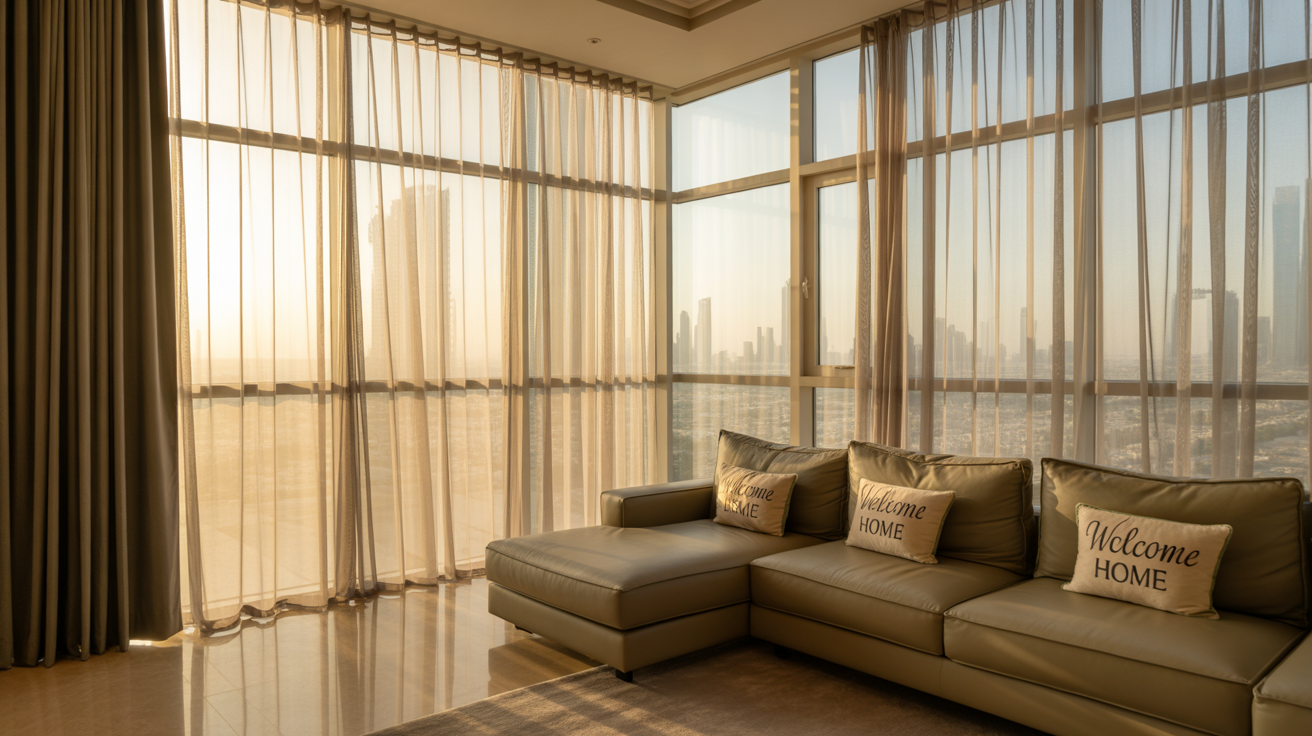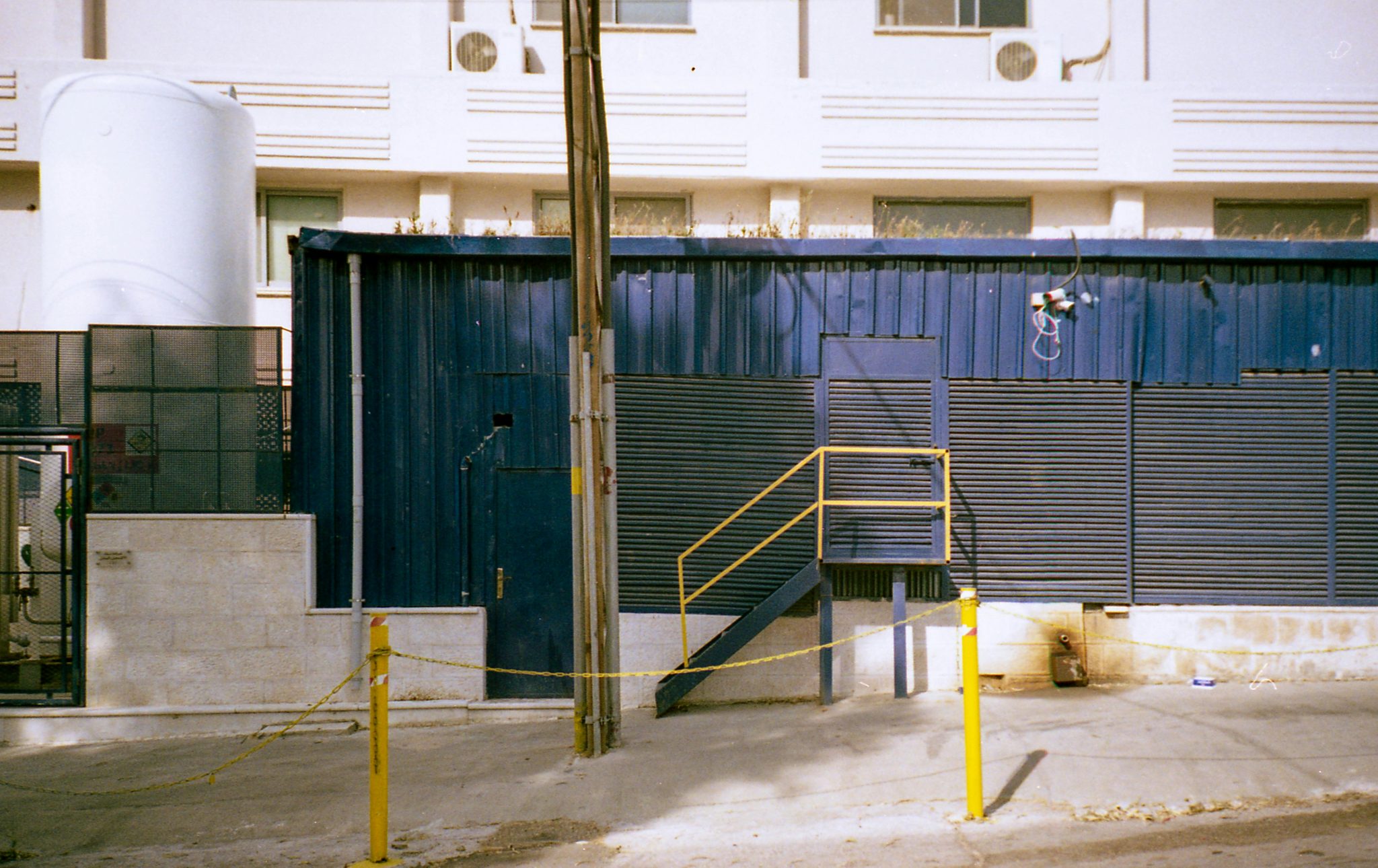Choosing the Right Roof for Your Building: A Guide to Different Roofing Systems
Your roof is more than just a covering; it’s a crucial component of your building’s structure, protecting it from the elements and contributing to its overall energy efficiency and aesthetic appeal. Whether you’re a homeowner, a business owner, or a property manager, choosing the right roofing system is a significant decision that requires careful consideration. This article serves as a guide to different roofing systems, exploring their pros and cons, helping you make an informed choice that aligns with your needs, budget, and long-term goals.
Understanding Your Roofing Needs
Before diving into the world of roofing materials, it’s essential to assess your specific needs and priorities.
Building Type and Structure
The type of building you have will significantly influence your roofing choices. A residential home has different requirements than a commercial building or a multi-family complex. Consider the slope of your roof, the architectural style of your building, and any specific structural considerations that might impact your options. For instance, a flat roof installation company in Austin might be the go-to choice for a commercial building with a low-slope roof, while a pitched roof with a steeper incline may offer more flexibility in material choices.
Climate and Environment
The climate and environment in your area play a crucial role in determining the suitability of different roofing materials. If you live in an area with heavy snowfall, you’ll need a roof that can withstand the weight and prevent ice dams. In hot climates, a reflective roof can help reduce cooling costs. Consider factors like rainfall, wind patterns, and temperature fluctuations when evaluating roofing options.
Budget and Longevity
Establish a realistic budget for your roofing project. Roofing materials vary significantly in cost, and it’s essential to balance your budget with your desired longevity and performance. Some materials, like metal, have a higher upfront cost but offer exceptional durability and longevity. Others, like asphalt shingles, are more budget-friendly but may require more frequent maintenance or replacement.
Exploring Different Roofing Systems
Now that you have a better understanding of your roofing needs, let’s explore some common roofing systems and their key characteristics.
Asphalt Shingles
Asphalt shingles are a popular choice for residential roofing due to their affordability and versatility. They come in a variety of colors and styles, offering flexibility in design. Asphalt shingles are relatively easy to install and maintain, making them a cost-effective option for many homeowners. However, they have a shorter lifespan than some other roofing materials and may require more frequent repairs or replacement, especially in harsh climates.
Metal Roofing
Metal roofing, including options like steel, aluminum, and copper, is known for its exceptional durability and longevity. Metal roofs can withstand harsh weather conditions, resist fire and insects, and offer excellent energy efficiency. They come in various styles, from traditional standing seam to modern metal shingles, providing versatility in design. While metal roof installation can be more expensive upfront, the long-term benefits and minimal maintenance requirements make it a worthwhile investment for many homeowners and businesses.
Tile Roofing
Tile roofing, often made from clay or concrete, is a popular choice in regions with warm climates. Tile roofs are known for their beauty, durability, and resistance to fire and insects. They can last for decades with minimal maintenance, making them a long-term investment. However, tile roofs are heavy and require a sturdy roof structure to support their weight. They can also be more expensive than other roofing options.
Flat Roofing
Flat roofs are commonly used in commercial buildings and some residential applications. They offer a cost-effective solution for low-slope roofs and provide usable space for rooftop decks, gardens, or solar panels. Flat roofs require specialized installation and maintenance to ensure proper drainage and prevent leaks. A flat roof installation company can provide the expertise and experience needed to install and maintain a high-quality flat roofing system.
Slate Roofing
Slate roofing is a premium roofing option known for its natural beauty, longevity, and resistance to fire and insects. Slate roofs can last for a century or more, making them a truly long-term investment, even for those managing properties like those handled by an Austin multi-family roof repair company. However, slate is a heavy material and requires a robust roof structure. It is also one of the most expensive roofing materials, making it a less common choice for budget-conscious homeowners.
Factors to Consider When Choosing a Roof
Choosing the right roof involves balancing various factors to find the best fit for your building and your needs.
Durability and Longevity
Consider the lifespan of the roofing material and its ability to withstand the climate and environmental conditions in your area. A durable roof will protect your building for years to come and minimize the need for frequent repairs or replacements.
Energy Efficiency
Energy efficiency is an increasingly important factor in roofing choices. Look for materials with high reflectivity or thermal resistance to reduce cooling and heating costs. Metal roofs and some types of tile roofing are known for their energy-efficient properties.
Maintenance Requirements
Different roofing materials have varying maintenance needs. Some require regular cleaning and inspections, while others are virtually maintenance-free. Consider your willingness and ability to perform routine maintenance or hire a professional roofing contractor.
Aesthetics and Style
Your roof plays a significant role in your building’s curb appeal. Choose a roofing material and style that complements the architectural design of your building and enhances its overall aesthetic appeal.
Cost and Budget
Establish a realistic budget for your roofing project and consider the long-term costs, including installation, maintenance, and potential repairs or replacements. Balance your budget with your desired longevity, performance, and aesthetic preferences.
Seeking Professional Expertise
Choosing the right roof can be a complex decision, and seeking professional guidance can be invaluable. A qualified roofing contractor can assess your needs, recommend suitable roofing options, and provide expert installation and maintenance services.
Multi-Family Roof Repair Company
If you own or manage a multi-family building, it’s essential to find a roofing contractor with experience in multi-family roof repair and replacement. These companies understand the unique challenges of working on larger buildings with multiple tenants and can ensure minimal disruption to residents during the roofing process.
Metal Roof Installation
If you’re considering a metal roof, look for a contractor specializing in Austin metal roof installation. They will have the expertise and equipment needed to install your metal roof correctly, ensuring its longevity and performance.
Flat Roof Installation Company
For flat roofs, seek out a flat roof installation company with experience in installing and maintaining various flat roofing systems. They can assess your needs and recommend the best materials and installation methods for your specific building and application.
Conclusion
Choosing the right roof for your building is a crucial decision that impacts its protection, energy efficiency, and aesthetic appeal. By understanding your roofing needs, exploring different roofing systems, and considering factors like durability, energy efficiency, and cost, you can make an informed choice that aligns with your long-term goals. And by seeking the expertise of qualified roofing professionals, you can ensure your new roof is installed correctly and provides lasting performance and protection for your property.

